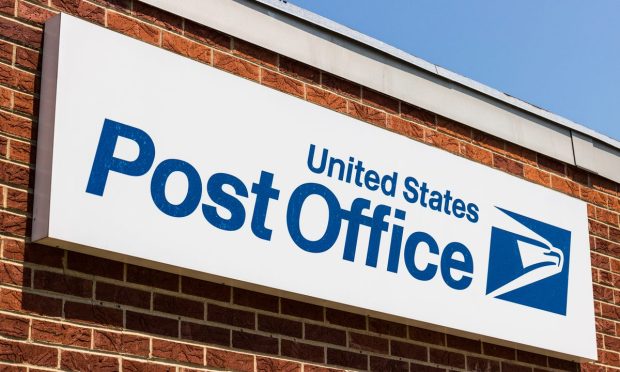Post Office Promises to Be Ready for Holiday Rush

The U.S. Postal Service is adding 45 new facilities for the holiday shipping season to handle the expected increase in volume, adding 112 new machines to sort packages and hiring 40,000 seasonal workers, U.S. Postmaster General Louis DeJoy told The Wall Street Journal (WSJ).
The moves are part of the Postal Service’ efforts to counter the supply chain bottleneck and labor shortages that are hampering all sectors of the global economy, according to the report. The Postal Service said it can handle 50.1 million packages per day during the peak season, up 35% from a year ago.
“We’re going to kill it,” DeJoy told WSJ in an interview.
FedEx and UPS are also trying to add more help during the holiday rush and boost their capacities to deliver on time, every time, although they’ve both implemented higher surcharges on holiday deliveries, with FedEx adding it will raise its rates as well, the report stated.
DeJoy told WSJ he wants to see USPS focus more on delivering packages in an era when mail continues to become a less popular option for people. He proposed $40 billion into capital improvements as part of a 10-year plan, including new facilities, equipment, vehicles and technology to handle the continued growth in packages. There would also be higher rates and longer delivery times for some mail.
Retailers are also planning ahead for the holiday rush.
Read more: Retailers Outline Supply Chain Strategies in Bid to Win Customers
Walmart executive vice president of supply chain operations Joe Metzger said the box store giant is chartering ships and diverting shipments to less congested ports; hiring thousands of supply chain workers and truck drivers; and rerouting inland shipments “utilizing less conventional transportation methods” to avoid rail delays.
Target published a similar post that summarizes various investments the company has made this year to improve supply chain operations, including four new sortation centers, two new distributions centers, and hiring 30,000 new year-round supply chain employees.
